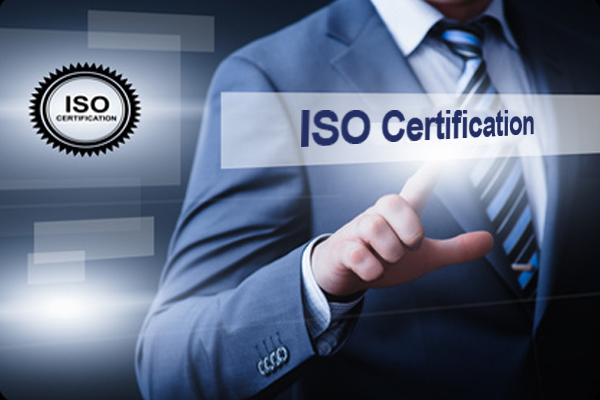ISO 14001:2015 specifies the requirements for an environmental management system that an organization can use to enhance its environmental performance.
It can be used by any organization regardless of its activity or sector. ISO 14001:2015 is intended for use by an organization seeking to manage its environmental responsibilities in a systematic manner.
It is a standard to help an organization minimize operations, identify organizations aspects that negatively affect the environment, evaluating its level of impact on the environment and making planned arrangement’s to continually reduce the level of impacts and also helping the organization to comply with all applicable laws, regulations and requirements pertaining to environment .

ISO 14001:2015 helps an organization achieve the intended outcomes of its environmental management system, which provide value for the environment, the organization itself and interested parties. Consistent with the organization’s environmental policy, the intended outcomes of an environmental management system include:
- enhancement of environmental performance;
- fulfilment of compliance obligations;
- achievement of environmental objectives.
ISO 14001:2015 is applicable to any organization, regardless of size, type and nature, and applies to the environmental aspects of its activities, products and services that the organization determines it can either control or influence considering a life cycle perspective. ISO 14001:2015 does not state specific environmental performance criteria.
ISO 14001:2015 can be used in whole or in part to systematically improve environmental management. Claims of conformity to ISO 14001:2015, however, are not acceptable unless all its requirements are incorporated into an organization’s environmental management system and fulfilled without exclusion.
ISO 14001: 2015 can be a very effective tool to identify the cost saving opportunities for several organizations. It provides assurance to company management and employees as well as external stakeholders that environmental impact is being measured and improved.
The new version of ISO 14001 is aligned with Annex SL, which makes it more compatible with other management systems standards like ISO 9001, ISO 22301, ISO 27001, and ISO 20000, and makes the integration even easier.
There are some new requirements, but the most significant are Context of the organization (Clause 4) and Actions to address risks and opportunities (Clause 6.1). The idea behind these new requirements is to make the EMS a part of everyday business activities, and vice versa. Of course, some old requirements are history now; environmental targets, management representative, and preventive actions are no longer part of ISO 14001.
I am text block. Click edit button to change this text. Lorem ipsum dolor sit amet, consectetur adipiscing elit. Ut elit tellus, luctus nec ullamcorper mattis, pulvinar dapibus leo.
It is absolutely clear that ISO 14001, like any other management system standard, it can’t work if it’s not implemented and maintained properly, but if everything is done as it should be, ISO 14001:2015 will bring to our EMS:
- Better integration with other business activities
- Enhancement of the process approach and PDCA cycle
- Decentralization of the system and spread of responsibilities for the EMS throughout the organization
- Greater involvement of the top management in the EMS
- Consideration of the whole lifecycle of the product or service during aspects evaluation
- Higher emphasis on environmental performance monitoring
Benefits of ISO 14001:2015
- Identify cost savings with greater emphasis on resource, waste and energy management
- Develop the corporate image and credibility
- Quantify, monitor and control the impact of operations on the environment, now and in the future
- Improved corporate image among regulators, customers and the public
- Proof of social responsibility
- Improved employee morale
- Reduction in costs for emissions, discharges, waste handling, transportation and disposal.
- Reduction in customer audits
- Reduction in environmental liability
- Reduction in enforcement fines
- EMS tracking measurable via consistent PDCA methods
- Meet legal obligations to win greater stakeholder and enhance customer satisfaction
- Helps in Savingconsumption of energy and materials
